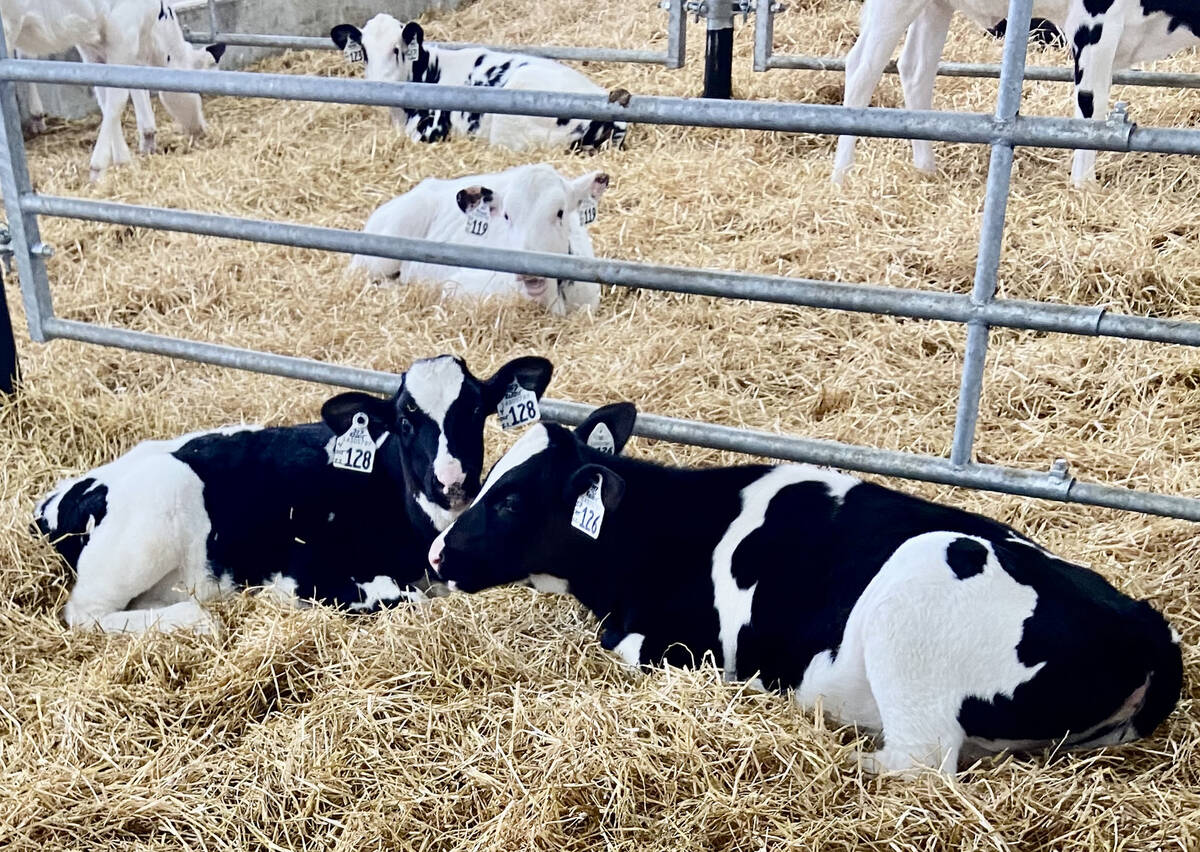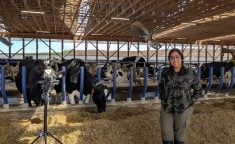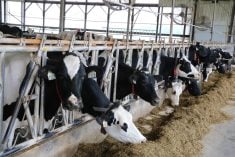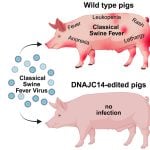Lactanet hopes to reintroduce a fertility rating index for sexed dairy semen in the coming months.
The move comes after the national genetic evaluation and dairy data provider discontinued an initial version following what Lactnet’s chief services officer, Brian Van Doormaal, described as “questions and concerns” from sector stakeholders.
Why it matters: An increasing proportion of Canadian dairy farms include sexed semen in their reproduction programs, providing strong demand for up-to-date knowledge about semen fertility.
Read Also

Claas brings 1000 Series SP forage harvesters to Canada
In mid-August, Claas unveiled its new line of Jaguar forage harvesters at an event in Visalia, California, deep in the heart of that state’s dairy region.
Van Doormaal said negative feedback “didn’t take long – a couple of weeks” after Lactanet released its first-ever Sexed Semen Fertility rating of eligible bulls in April of this year.
He said an “internal investigation” was launched to “assess the input data used” to formulate the rating, with the earliest reintroduction timeline being April 2026.
“But I want to leave latitude for the Lactanet team to develop something that is going to be effective,” Van Doormaal clarified. “Our main priority is not something that’s fast; we want something that is accurate.”
First introduced for conventional semen as part of dairy bull evaluations in 1993, Van Doormaal told attendees of Lactanet’s recent Open Industry Session that Canadian semen fertility ratings are not genetic. Instead, it reflects the 56-day breed-back rate for females bred to a sire but not management or herd nutrition differences, the breeding calendar date, or whether it was performed by an artificial insemination (AI) technician or by someone on the farm.
For sexed semen, the variable of “semen price” can have an effect.
If a producer breeds to a higher-priced bull the first time, they are more likely to breed the same one again, indicating that the cow is probably one the farmer wants to keep in the herd.
If they are using a lower-priced sire, it is less likely they will use sexed semen on the second service.
As sexed semen popularity increased through the late 2010s, Lactanet began tracking fertility ratings and publishing them internally for genetics service providers. In 2023, the stakeholder-based Genetic Evaluation Board recommended that Lactanet publish a bull’s proof of fertility rating for sexed semen on its website.
Van Doormaal stated that, following the complaints and subsequent internal investigation in April, the records of cows bred with sexed semen on Canadian farms are inconsistent and often inaccurate.
“I would not have expected that any inseminations using conventional semen would have been erroneously recorded as sexed semen,” he said. “But I was wrong on that assumption. And that’s why we’re looking at this.”
Three methods of data collection helped populate the semen fertility rating dataset: inseminations recorded by the AI technician, those recorded through the DairyComp herd management software, and those recorded by the farmer as transcribed by a Lactanet staff person on the farm for regular milk testing.
“Our challenge is to ensure that the right codings (for the semen) are being used,” Van Doormaal said.
For the internal investigation, Lactanet reviewed 73,000 insemination records. Of the births recorded by the AI technician, 91 per cent were female, with the bull that had the lowest percentage of female calves among those technician-recorded inseminations being 77 per cent.
Among DairyComp data, 88 per cent of the supposedly sexed-semen inseminations resulted in female calves, while the bull with the lowest female calving rate was at 63 per cent. Van Doormaal noted that one-third of the DairyComp-recorded bulls had a female calving rate below 88 per cent – a rate that Lactanet set as a threshold for questioning the data’s veracity.
Among the farmer-recorded data transcribed at milk-testing time, only 64 percent of the supposed sexed semen inseminations resulted in female calves, with the lowest percentage for bulls producing female calves at 58 per cent – hardly better than a random 50/50 split.
“In DairyComp and on-farm records, there seems to be a variability in the accuracy of recording,” Van Doormaal stated. “Across all of the AI companies, data recorded by the AI technician is the best and most consistent.”
Lactanet is examining how its field staff transcribe breedings, with Van Doormaal emphasizing that educating producers and staff about the importance of accurate data and collaborating with them is key to increasing breeding record accuracy.
“The volume of data being collected by AI technicians is going down over time,” he explained. “There must be ways for us to accurately include data that are not from AI technicians going forward.”













